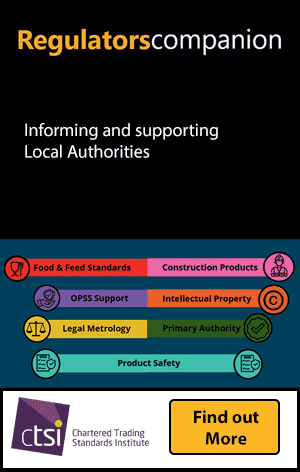Scottish Government
|
|
Poverty levels broadly stable over last decade
Latest Accredited Official Statistics and Official Statistics published
The latest statistics cover the period up to March 2024 and three-year averages for levels of relative and absolute poverty show a broadly stable trend over the past decade for children, working age adults and pensioners.
Three-year average results show that:
- Working-age adults and pensioners are less likely to be in poverty compared to children: 20% of working-age adults and 15% of pensioners are in relative poverty after housing costs, compared to 23% of children.
- Relative poverty has been broadly stable for most age groups. Adults under 25 are more likely to be in poverty than older adults.
- Minority ethnic households are more likely to be in poverty compared to white British households. Muslim adults have higher rates of poverty compared to adults of Christian background and those with no religion. Some of this difference may be explained by Muslim households being younger.
The publication also includes statistics for the measures in the Child Poverty (Scotland) Act 2017. These are based on single-year figures which tend to fluctuate year on year compared to three-year averages, which provide a better indication of trends.
In 2023-24, rates of relative and absolute child poverty have reduced from the previous year to 22% and 17% respectively, with levels above the interim targets due in that year. Persistent poverty rates for children are relatively volatile over time, and the most recent estimate shows a marked increase (23%) to a level also higher than the interim target. The most recent combined low income and material deprivation estimate for 2023-24 is not comparable with earlier years as the material deprivation questions have been updated. The current figure of 9% is slightly above the interim target.
Background
The two full statistical publications are available here:
Poverty and Income Inequality in Scotland contains statistics on poverty, child poverty, poverty risks for various equality characteristics, household income and income inequality for Scotland. This report also includes statistics on household food security. The data comes from the Department for Work and Pensions Family Resources Survey, Households Below Average Income dataset. Comparable UK income and poverty figures are published on the same day by DWP.
Figures are presented as three-year averages of each estimate. Three-year estimates best identify trends over time.
The four child poverty measures in the Child Poverty (Scotland) Act are based on single-year figures. These are available in the reference tables and in the child poverty summary.
Persistent Poverty in Scotland presents estimates of the proportion of people in Scotland who live in persistent poverty. The data comes from the Understanding Society Survey, and the latest statistics cover the period from 2018 to 2023.
These poverty statistics are used by the Scottish Government and other organisations to monitor progress in tackling poverty and child poverty, and to analyse what drives poverty and what works for tackling poverty and income inequality.
Official statistics are produced in accordance with the Code of Practice for Statistics.
Key poverty measures:
Relative poverty: A person is in relative poverty if their current household income is less than 60% of the current UK median. Relative poverty statistics fall if income growth at the lower end of the income distribution is greater than overall income growth.
Absolute poverty: A person is in absolute poverty if their current household income is less than 60% of the UK median in 2010/11, adjusted for inflation. Absolute poverty statistics fall if low income households are seeing their incomes rise faster than inflation.
Combined low income and material deprivation identifies the number of children in families that cannot afford basic essential goods and services because of a low income (below 70 percent of the middle household income).
Persistent poverty identifies the number of people in relative poverty for three or more out of four years. People who live in poverty for several years may be affected by it throughout their lifetime.
Household income is adjusted for household size.
The poverty publications present poverty figures before and after housing costs. Before housing costs figures are a basic measure of household income from earnings and benefits. After housing costs figures subtract spending on rents, mortgage interest payments and other unavoidable housing costs from this basic income. In Scotland, poverty statistics focus mainly on poverty after housing costs. The poverty estimates in the child poverty summary refer to relative poverty after housing costs.
Interim child poverty targets 2023-24
The interim child poverty targets were as follows:
Relative poverty: less than 18%
Absolute poverty: less than 14%
Combined low income and material deprivation: less than 8%
Persistent poverty: less than 8%
Further information on income and poverty statistics within Scotland is available.
Original article link: https://www.gov.scot/news/poverty-levels-broadly-stable-over-last-decade/


